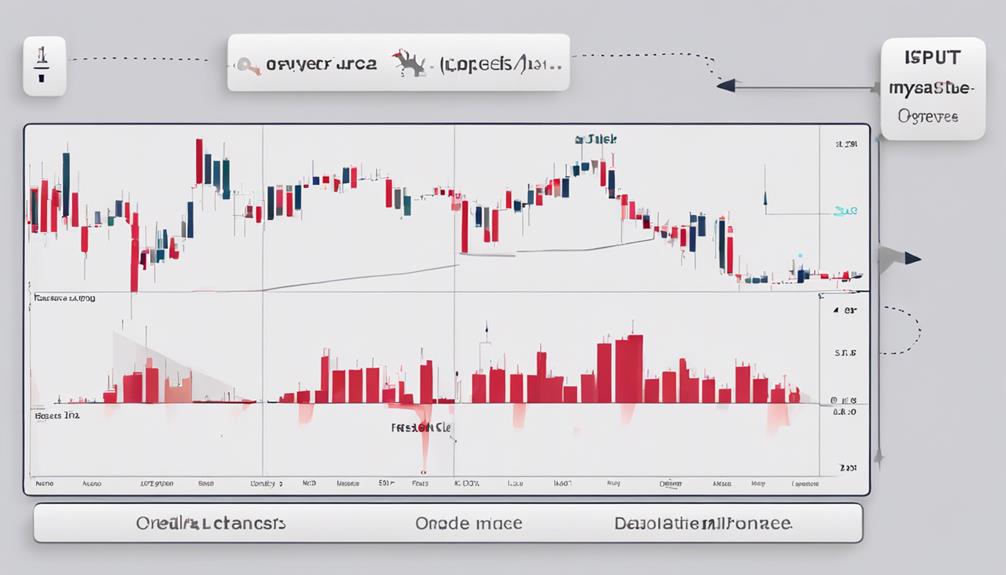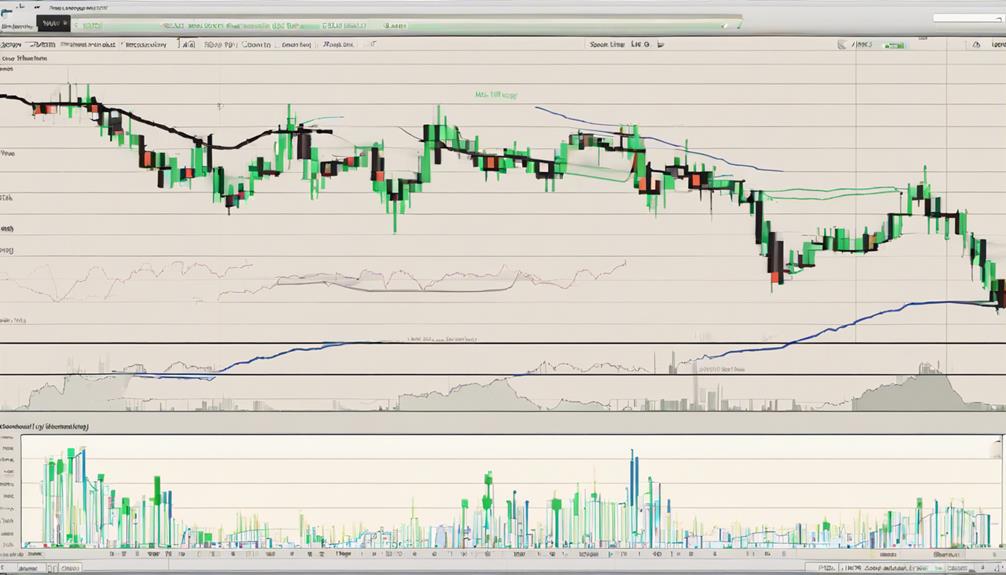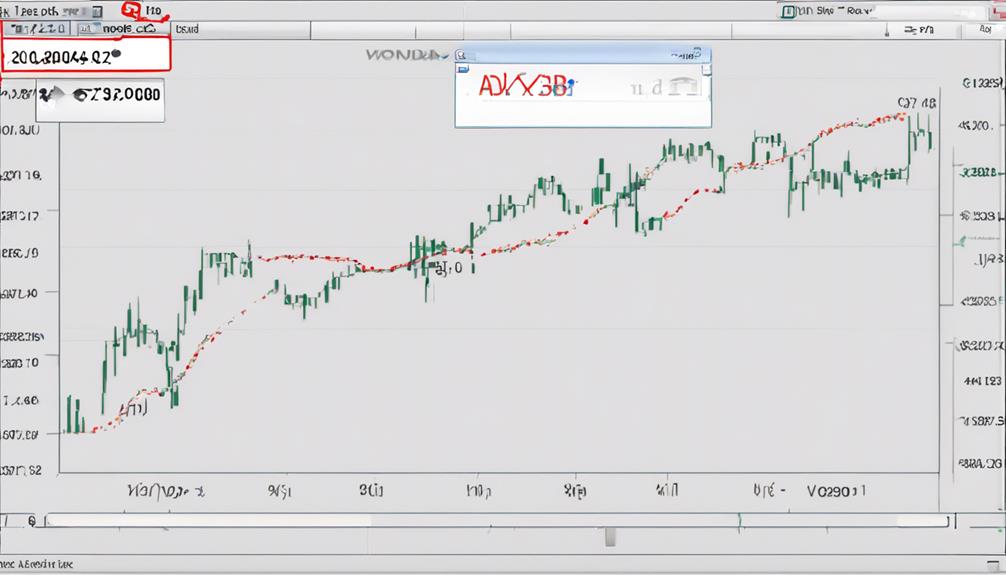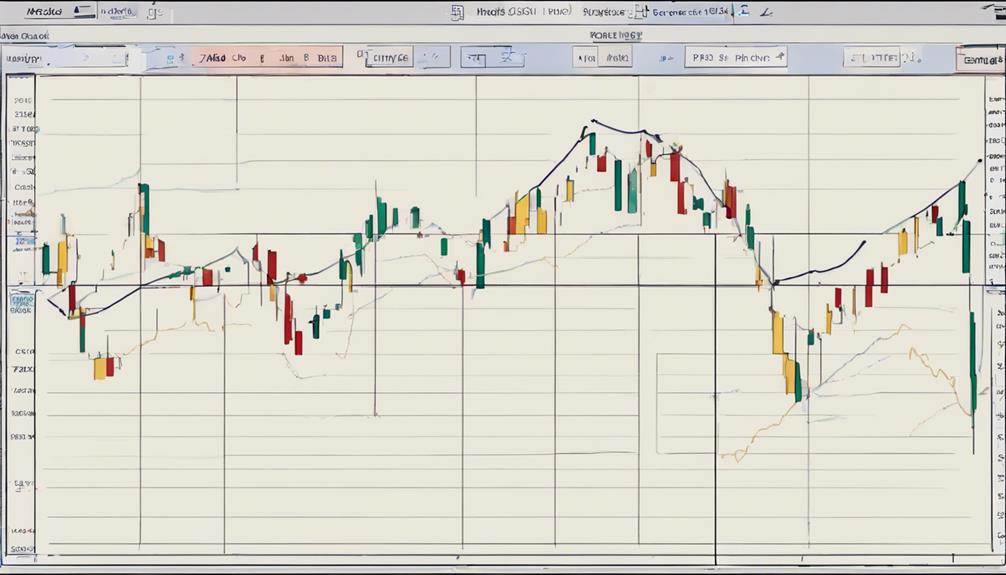Imagine navigating through a dense forest with only a compass and a map to guide you. In trading, basic technical indicators serve as your compass and map, helping you navigate the complex landscape of the market.
From simple moving averages to powerful oscillators, these indicators provide valuable insights into price movements and potential trading opportunities. Understanding how these indicators work can be the key to unlocking successful trading strategies and maximizing your profits.
Key Technical Indicators Overview
Key technical indicators play a crucial role in trading by providing valuable insight into market trends and potential price movements. Among the popular technical indicators are moving averages, such as the simple moving average (SMA) and exponential moving average (EMA), which help traders identify the direction of a trend by smoothing out price data over a specific period.
The moving average convergence divergence (MACD) is another widely used indicator that shows momentum changes and potential buy or sell signals based on the crossing of two moving averages. These indicators are essential tools for traders to analyze the market and make informed decisions on when to enter or exit positions, ultimately helping them navigate the complexities of the financial market efficiently.
Understanding On-Balance Volume Indicator

The On-Balance Volume (OBV) Indicator is a valuable tool that traders use to measure cumulative buying and selling pressure in the market. By tracking volume changes, OBV helps confirm price trends and identify divergences that may signal potential trend reversals.
Rising OBV indicates increasing buying pressure and possible price appreciation, while declining OBV suggests selling pressure and potential price declines. Traders rely on OBV to validate the strength of price movements and make informed trading decisions based on the volume-price relationship.
Understanding these dynamics can enhance your decision-making process and improve your overall trading strategies. Utilize the OBV Indicator to gain insights into market sentiment and make more calculated trading moves.
Exploring Accumulation/Distribution Line Indicator

Have you ever wondered how the Accumulation/Distribution Line Indicator evaluates the flow of money in trading? This indicator assesses the movement of money in and out of a security by analyzing price changes.
Here are some key points about the Accumulation/Distribution Line Indicator:
- It confirms trends by comparing closing prices, trading ranges, and volume, revealing buying or selling pressure.
- Rising values suggest accumulation and potential price increases, while falling values indicate distribution and potential price declines.
- Helps traders gauge trend strength and identify potential reversal points in the market.
- Provides insights into investor interest and participation in a specific security.
Insight Into Average Directional Index

Exploring the Average Directional Index (ADX) reveals a powerful tool for measuring trend strength in trading. ADX values, ranging from 0 to 100, indicate the strength of a trend in a security: readings above 25 suggest a strong trend, while values below 20 indicate a weak trend.
Although ADX doesn't provide information on trend direction, traders use it alongside other indicators to confirm trend presence and decide on optimal entry or exit points. By analyzing the strength of a trend, traders can assess market momentum and distinguish between trending and sideways-trading securities.
Incorporating the Average Directional Index in your technical analysis arsenal can enhance your ability to make well-informed trading decisions based on the prevailing market conditions.
Introduction to MACD and RSI

Delve into the fundamental concepts of MACD and RSI to grasp their significance in technical analysis for trading strategies.
- MACD utilizes exponential moving averages to identify trends in price data.
- RSI measures the strength of price movements through an index.
- MACD and RSI serve different purposes in analyzing price data on charts.
- Traders often combine MACD for trend confirmation and RSI for pinpointing entry and exit points.
Understanding the interplay between MACD and RSI can provide valuable insights into market dynamics, aiding traders in making informed decisions. By considering these indicators, traders can enhance their ability to interpret market trends and potential trade signals effectively.
Are Basic Technical Indicators Sufficient for Traders, or Are There More Essential Ones to Consider?
Many traders wonder if basic technical indicators are sufficient or if there are more essential technical trading indicators to consider. While basic indicators can provide valuable information, essential technical trading indicators like moving averages, MACD, and Fibonacci retracement levels offer a more comprehensive view of market trends and potential entry and exit points.
Frequently Asked Questions
What Are the Basics of Technical Indicators?
To grasp technical indicators, focus on key concepts. Learn their purpose, significance, and application. Understand how indicators like Moving Average, RSI, and MACD impact trading decisions. Mastery enhances your analytical skills.
What Are the Top 5 Technical Analysis Indicators?
You need to know the top 5 technical analysis indicators: Moving Average (MA), Relative Strength Index (RSI), Moving Average Convergence Divergence (MACD), Bollinger Bands, and Stochastic Oscillator. These tools offer critical insights for trading success.
What Are the 4 Types of Indicators in Trading?
To effectively navigate trading, you must understand the four main indicator types: trend-following, momentum, volatility, and volume-based. These indicators offer insights into market direction, speed of price changes, price fluctuations, and trading volume.
What Indicator Do Most Traders Use?
Most traders rely on the Relative Strength Index (RSI) to gauge market conditions. RSI, ranging from 0 to 100, helps spot potential reversals. By combining RSI with other indicators, you can refine your trading strategy for better results.
Conclusion
In conclusion, mastering basic technical indicators such as moving averages, Bollinger Bands, stochastic oscillator, MACD, and RSI can greatly enhance your trading skills.
By utilizing these tools effectively, you can analyze price movements, identify trends, and make well-informed trading decisions.
So, don't hesitate to incorporate these indicators into your trading strategy and watch your success soar like a soaring eagle in the vast financial markets.


